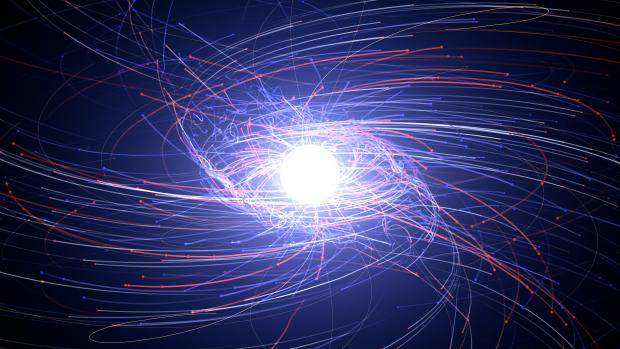
Breaking News
 The "Magical Winter" Lie We All Believe
The "Magical Winter" Lie We All Believe
 Perfect Aircrete, Kitchen Ingredients.
Perfect Aircrete, Kitchen Ingredients.
 Todays Pysops, Not Like Yesterdays Pysops
Todays Pysops, Not Like Yesterdays Pysops
 CIA is Broken… Can it Be Fixed?
CIA is Broken… Can it Be Fixed?
Top Tech News
 This tiny dev board is packed with features for ambitious makers
This tiny dev board is packed with features for ambitious makers
 Scientists Discover Gel to Regrow Tooth Enamel
Scientists Discover Gel to Regrow Tooth Enamel
 Vitamin C and Dandelion Root Killing Cancer Cells -- as Former CDC Director Calls for COVID-19...
Vitamin C and Dandelion Root Killing Cancer Cells -- as Former CDC Director Calls for COVID-19...
 Galactic Brain: US firm plans space-based data centers, power grid to challenge China
Galactic Brain: US firm plans space-based data centers, power grid to challenge China
 A microbial cleanup for glyphosate just earned a patent. Here's why that matters
A microbial cleanup for glyphosate just earned a patent. Here's why that matters
 Japan Breaks Internet Speed Record with 5 Million Times Faster Data Transfer
Japan Breaks Internet Speed Record with 5 Million Times Faster Data Transfer
 Advanced Propulsion Resources Part 1 of 2
Advanced Propulsion Resources Part 1 of 2
 PulsarFusion a forward-thinking UK aerospace company, is pushing the boundaries of space travel...
PulsarFusion a forward-thinking UK aerospace company, is pushing the boundaries of space travel...
 Dinky little laser box throws big-screen entertainment from inches away
Dinky little laser box throws big-screen entertainment from inches away
 'World's first' sodium-ion flashlight shines bright even at -40 ºF
'World's first' sodium-ion flashlight shines bright even at -40 ºF
Laser pincers generate antimatter by recreating neutron star conditions

Now a team of physicists has outlined a relatively simple new way to create antimatter, by firing two lasers at each other to reproduce the conditions near a neutron star, converting light into matter and antimatter.
In principle, antimatter sounds simple – it's just like regular matter, except its particles have the opposite charge. That basic difference has some major implications though: if matter and antimatter should ever meet, they will annihilate each other in a burst of energy. In fact, that should have destroyed the universe billions of years ago, but obviously that didn't happen. So how did matter come to dominate? What tipped the scales in its favor? Or, where did all the antimatter go?
Unfortunately, antimatter's scarcity and instability make it difficult to study to help answer those questions. It's naturally produced under extreme conditions, such as lightning strikes, or near black holes and neutron stars, and artificially in huge facilities like the Large Hadron Collider.
But now, researchers have designed a new method that could produce antimatter in smaller labs. While the team hasn't built the device yet, simulations show that the principle is feasible.
The new device involves firing two powerful lasers at a plastic block, one from either side in a pincer motion. This block would be crisscrossed by tiny channels, just micrometers wide. As each laser strikes the target, it accelerates a cloud of electrons in the material and sends them shooting off – until they collide with the cloud of electrons coming the other way from the other laser.



